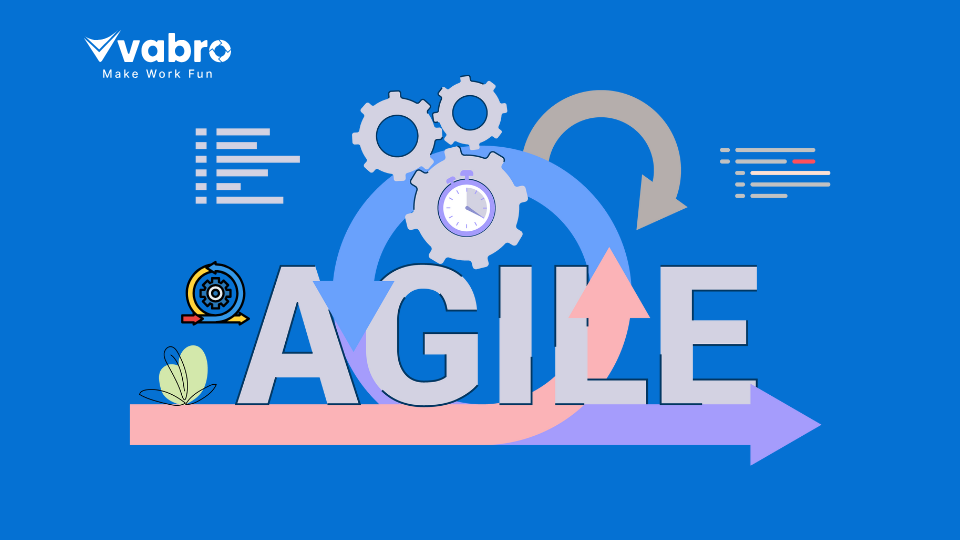How Scrum Differs from Other Agile Methodologies
Agile is a widely embraced project management philosophy, and Scrum is one of its most popular frameworks. However, Agile encompasses various methodologies, such as Kanban, Extreme Programming (XP), and Lean, each with unique principles and practices. Here’s how Scrum stands out among other Agile methodologies:
Core Philosophy and Framework
Scrum follows a highly structured framework with defined roles, ceremonies, and artifacts. It operates on the concept of sprints, which are time-boxed iterations (usually 1–4 weeks) during which a set of deliverables is completed. This emphasis on iterative development is shared with other Agile methods but is implemented differently in Scrum.
In contrast:
- Kanban focuses on visualizing workflows and managing tasks with a continuous flow, without fixed time-boxed iterations.
- Lean emphasizes reducing waste and optimizing overall efficiency across all processes.
- XP (Extreme Programming) prioritizes technical practices like test-driven development and pair programming over formal ceremonies.
Roles and Responsibilities

Scrum uniquely assigns specific roles:
- Scrum Master ensures adherence to Scrum practices.
- Product Owner prioritizes the product backlog based on business needs.
- Development Team executes the tasks.
Kanban and Lean, on the other hand, do not mandate such defined roles. They focus more on team ownership and responsibility without rigid hierarchies.
Ceremonies and Artifacts
Scrum requires the following ceremonies:
- Sprint Planning: Defines sprint goals and tasks.
- Daily Standups: Facilitates daily progress updates.
- Sprint Reviews and Retrospectives: Reflect on achievements and areas for improvement.
Artifacts like the Product Backlog, Sprint Backlog, and Increment are central to Scrum. In comparison:
- Kanban uses a visual board to manage tasks but doesn’t enforce planning or review ceremonies.
- XP relies heavily on coding and design principles, integrating frequent feedback without mandatory ceremonies.
Flexibility vs. Structure
Scrum provides a balanced approach by allowing iterative adaptability within a structured framework. Other Agile methodologies:
- Kanban is highly flexible, allowing changes anytime without predefined cycles.
- Lean drives broader organizational change beyond project-specific workflows.
- XP focuses narrowly on engineering practices rather than on a team’s overall project management strategy.
Focus on Team Dynamics
Scrum emphasizes self-organizing, cross-functional teams collaborating closely during sprints. While other methodologies like Kanban and Lean encourage collaboration, they do not stress fixed team structures as much as Scrum does.
Adoption and Industry Use
Scrum is widely used in industries where iterative delivery and stakeholder involvement are critical. For instance:
- Kanban is popular for support and operations teams due to its continuous flow model.
- Lean suits manufacturing and process-oriented environments.
- XP thrives in software development, where engineering precision is vital.
Conclusion
Scrum’s structured yet adaptable approach makes it a standout choice in Agile. Its focus on sprints, defined roles, and incremental delivery ensures a balance between flexibility and organization. For teams seeking clarity and discipline while adhering to Agile principles, Scrum often proves to be the optimal framework. However, the choice ultimately depends on a team’s goals, size, and workflow complexity.
